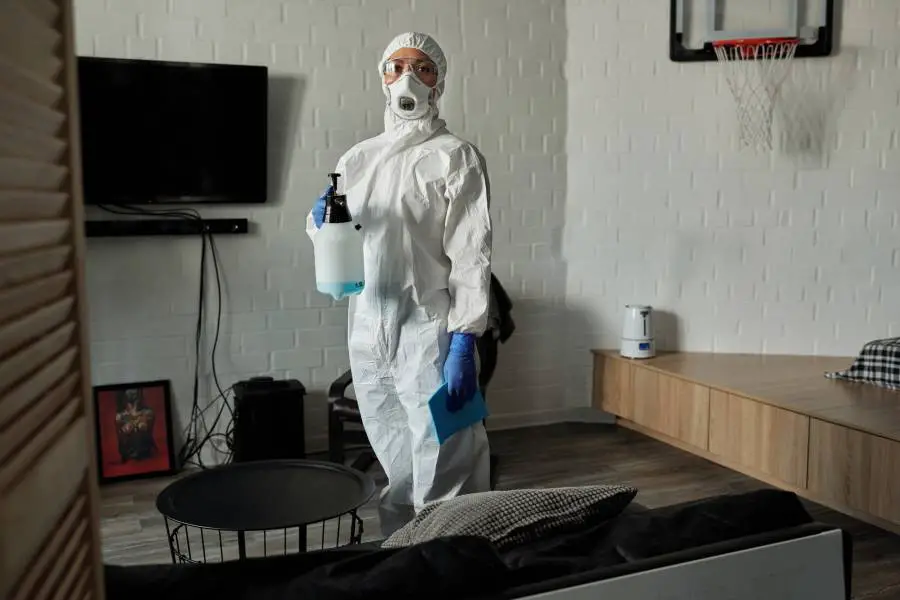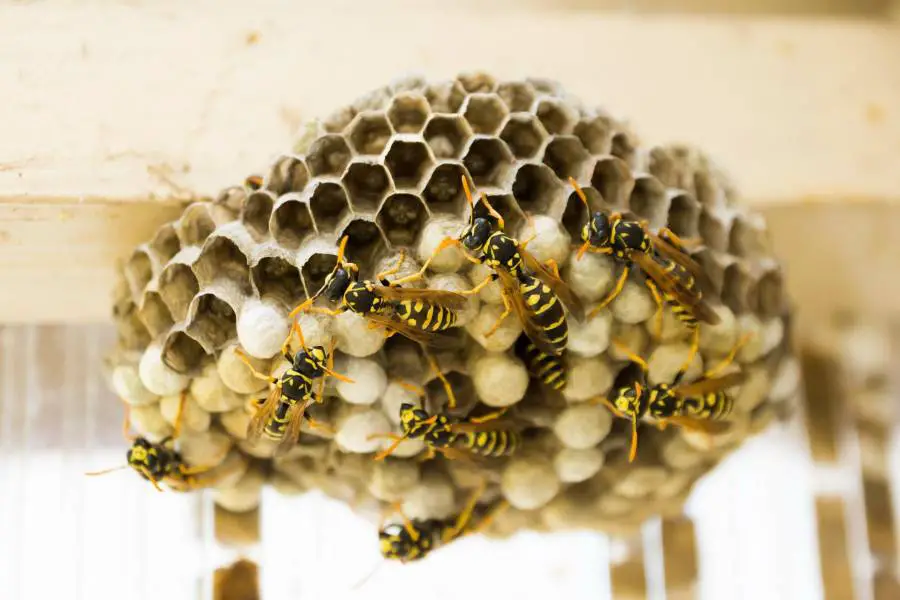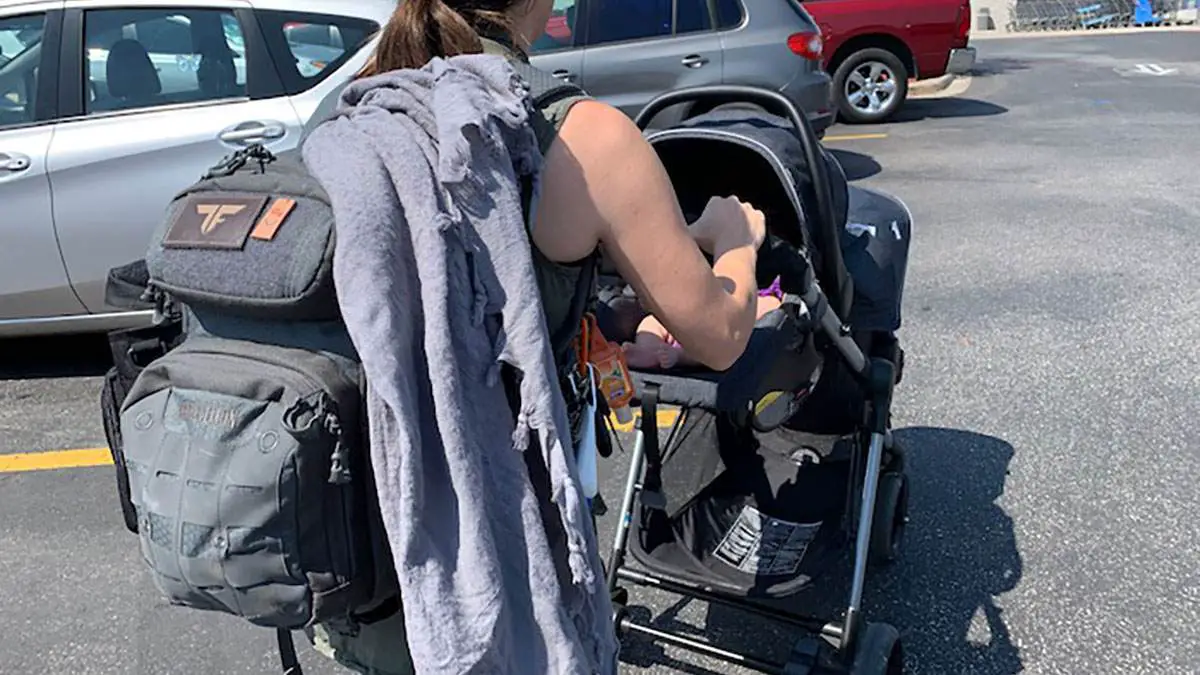Table of Contents
A bee’s nest in your wall cavity can be a real problem. Bee’s are annoying and can also be dangerous if you have allergies.
This blog post will discuss how to safely and effectively eliminate bee nests in your wall cavity.
We will cover everything from identifying the nest to taking care of the cleanup process. So read on for all the information you need to know!

Find The Entrance Of The Bee’s Nest
The first step in getting rid of a bee’s nest in your wall cavity is to identify where the entrance to the nest is.
Once you have found it, you can take steps to get rid of the nest.
If you are allergic to bees, it is best to have someone else handle getting rid of the nest for you.
Be very careful when dealing with a nest, as bees can be very aggressive, and stingers can easily penetrate human skin.
If you are not allergic to bees, there are several ways to get rid of a bee’s nest. One way is to use a bee smoker.
This device uses smoke to calm the bees and make them less aggressive. You can also use insecticide dust or spray to kill the bees.
Once the bees are dead, it is vital to take care of the cleanup process. Be sure to remove all of the dead bees and honeycomb from the wall cavity.
You may also want to consider hiring a professional exterminator to help with the cleanup process.
Identify The Type Of Bees
The type of bees in the nest will determine the best way to get rid of them. If Africanized honeybees are in the nest, it is best to call a professional exterminator.
These bees are more aggressive and can be dangerous to deal with.
If there are European honeybees in the nest, you can try using a bee smoker to calm them down. You can also use insecticide dust or spray to kill them.
Once the bees are dead, be sure to remove all of the dead bees and honeycomb from the wall cavity.
Take Care Of The Cleanup Process
Once the bees are dead, it is essential to take care of the cleanup process. Be sure to remove all of the dead bees and honeycomb from the wall cavity.
You may also want to consider hiring a professional exterminator to help with the cleanup process.
Remove The Bees’ Nest
The first step in removing a bee’s nest in your wall cavity is removing the nest itself. It can be difficult, as the bees will likely be very protective of their home.
However, with some patience and caution, you can get the job done.
There are a few things you will need to have on hand before starting:
- Protective clothing: Wear a long-sleeved shirt, pants, gloves, and a hat.
- A beekeeper’s suit: If you have one, this will be ideal. If not, you can make do with a heavy coat and pants.
- A bee smoker will help calm the bees and make them less aggressive.
- A hive tool is used to pry open hives and remove frames.
- A bucket: You will need this to collect the bees’ honeycombs.
Once you have your supplies ready, it’s time to start! Begin by locating the entrance to the bees’ nest.
Once you have found it, put on your protective clothing and smoke the bees using the bee smoker.
Once they are calm, use the hive tool to pry open the nest and remove the honeycombs. Be sure to place them in the bucket as you go.
After you have removed all of the honeycombs, seal up the entrance to the nest so that the bees cannot get back in.
You can do this by stuffing a rag into the opening or by using a piece of duct tape.
Once the nest is removed and the entrance is sealed, you can begin the cleanup process. First, remove any remaining honeycomb from the area.
Then, use a vacuum with a nozzle attachment to suck up any bees that are still present.
Finally, clean all surfaces with soapy water or an antibacterial cleaner to remove lingering bee trails.
With these simple steps, you can get rid of a bee’s nest in your wall cavity safely and effectively!

Prevent Future Infestations
One of the best ways to prevent bees from nesting in your wall cavity is to seal up any potential entrances.
You can do this by caulking around wires, pipes, and other openings. If you have an existing nest, you can also try spraying the bees with a bee repellent.
It will discourage them from nesting in that area again.
Another way to prevent bees from nesting in your wall cavity is to clean the area. Bees are attracted to areas that are dirty or have a lot of debris.
So make sure to clean your wall cavity regularly, and don’t allow any clutter to build up.
If you find a bee’s nest in your wall cavity, the best thing to do is call a professional.
They will have the knowledge and experience to safely remove the nest without causing any damage to your home.
Once the nest is removed, they can also help you seal any potential entrances to prevent future infestations.
What To Do If You Are Stung By A Bee
If you are stung by a bee, the first thing you should do is remove the stinger. You can scrape it out with your fingernail or a credit card.
Once the stinger is removed, you should apply ice to the area to reduce swelling. You can also take an antihistamine to help relieve any pain or itching.
If you have a severe reaction to the bee sting, you should seek medical attention immediately.
Additional Bee Removal Methods
In addition to the methods already mentioned, there are a few other ways to remove bees from your home. One is to use a shop vac.
This method works well if you can get the bee vacuumed up before it has a chance to sting. Another option is to freeze the bee.
It can be done by placing a small container over the bee, such as a chewing gum container, and then putting it in the freezer for a few hours.
Once the bee is frozen, it can be gently removed from the container and released outside.
Finally, you can try using soapy water—mix dish soap with water in a spray bottle and mist the bee with the solution.
The soap will break down the bee’s wings, causing it to fall to the ground, where it can be scooped up and released outdoors.
With patience and perseverance, any of these methods should help you safely remove bees from your home.
Final Thoughts
Bees are essential pollinators, but they can also be a nuisance if they decide to build a nest in your home. If you find yourself in this situation, don’t panic!
You can do several things to get rid of the bees and prevent them from returning. Just be sure to take cautionary measures to avoid being stung.








